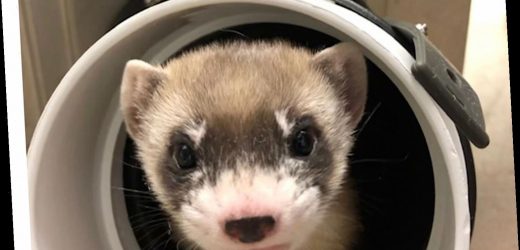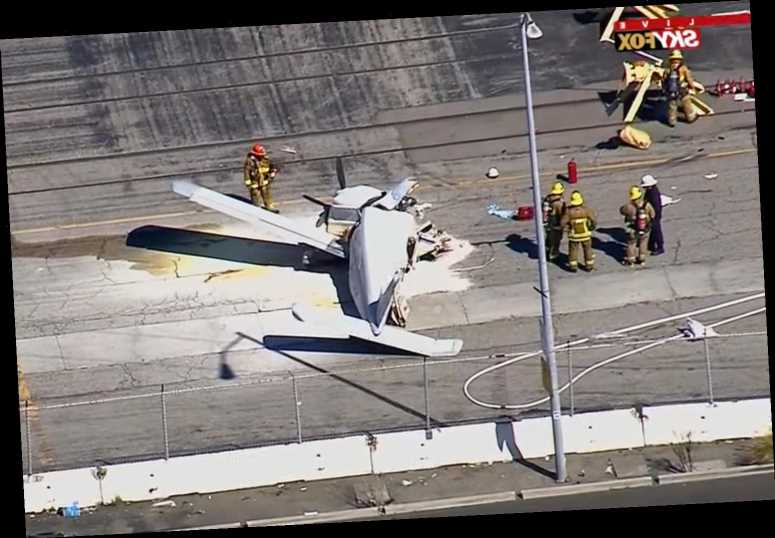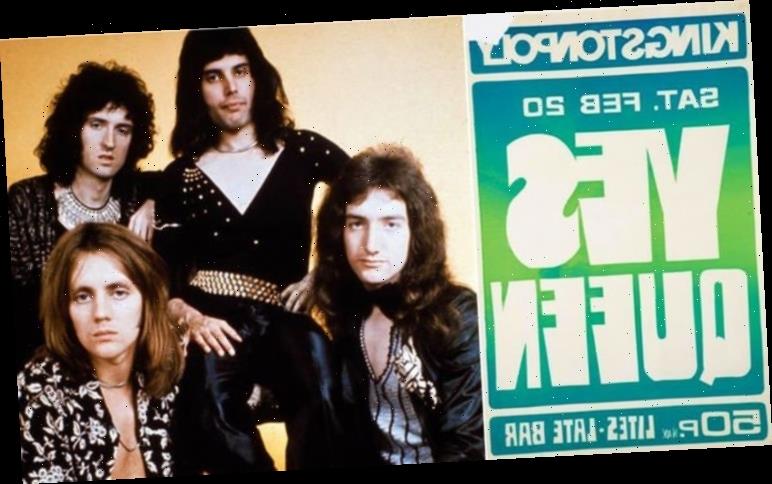Scientists are introducing the world to a black-footed ferret named Elizabeth Ann — the first-ever endangered U.S. species to be cloned.
Elizabeth Ann was born on Dec. 10 after being created from the frozen cells of another black-footed ferret named Willa, who died over 30 years ago, according to the U.S. Fish and Wildlife Service.
Once thought to be completely extinct, a small population of black-footed ferrets — one of North America's rarest land mammals — was discovered in 1981 by a Wyoming rancher.
Although the Wyoming Game & Fish Department were able to successfully capture over a dozen black-footed ferrets, the population had "limited genetic diversity," which would leave any potential offspring "more susceptible to diseases and genetic abnormalities."
Elizabeth Ann's story truly began in 1988, when the Wyoming department sent frozen cell samples from a black-footed ferret named Willa to San Diego Zoo Global's Frozen Zoo.
Subsequent genetic studies showed that Willa's samples "possessed three times more unique variations than the living population."
In 2013, the Fish and Wildlife Service began working with Revive & Restore, a organization that focuses on using biotechnology to help bolster conservation efforts.
Then in 2018, Revive & Restore received the "first-ever recovery permit for cloning research of an endangered species," and they partnered with ViaGen Pets & Equine to successfully create embryos from frozen black-footed ferret cells, and implant them into a surrogate.
RELATED VIDEO: Dog Named Elsa Who Loves Olaf Toy Gets Special Surprise
Although the entire process was years in the making, scientists didn't have to wait long for Elizabeth Ann's arrival.
Just two weeks after their first trial began on Halloween, scientists confirmed the surrogate was pregnant — and on Dec. 10, Elizabeth Ann arrived via C-section, according to The New York Times.
Want to get the biggest stories from PEOPLE every weekday? Subscribe to our new podcast, PEOPLE Every Day, to get the essential celebrity, entertainment and human interest news stories Monday through Friday.
As for Elizabeth Ann's future, she'll live out the rest of her life at Colorado's Ferret Conservation Center — and hopefully add some cloned siblings, and mates, to her family.
"San Diego Zoo Global's Frozen Zoo was created more than 40 years ago with the hope that it would provide solutions to future conservation challenges," Oliver Ryder, the director of conservation genetics at San Diego Zoo Global, said in a press release. "We are delighted that we have been able to cryobank and, years later, provide viable cell cultures for this groundbreaking project."
"It was a commitment to seeing this species survive that has led to the successful birth of Elizabeth Ann. To see her now thriving ushers in a new era for her species and for conservation-dependent species everywhere," added Ryan Phelan, Revive & Restore's executive director. "She is a win for biodiversity and for genetic rescue."
Source: Read Full Article




